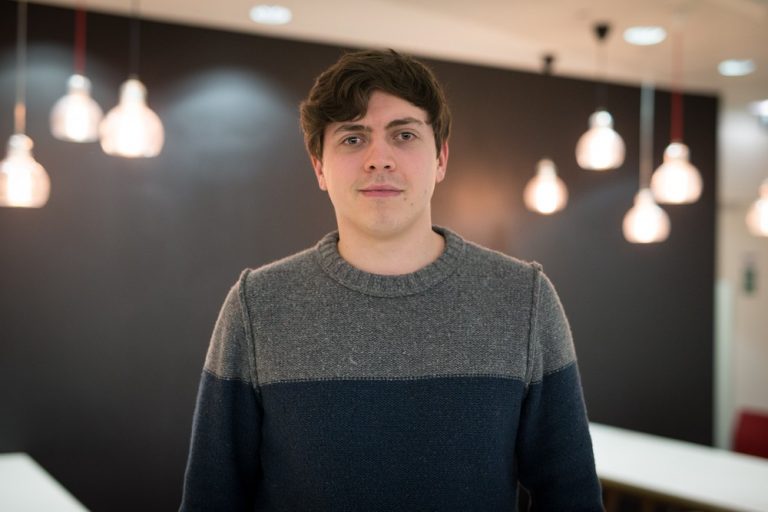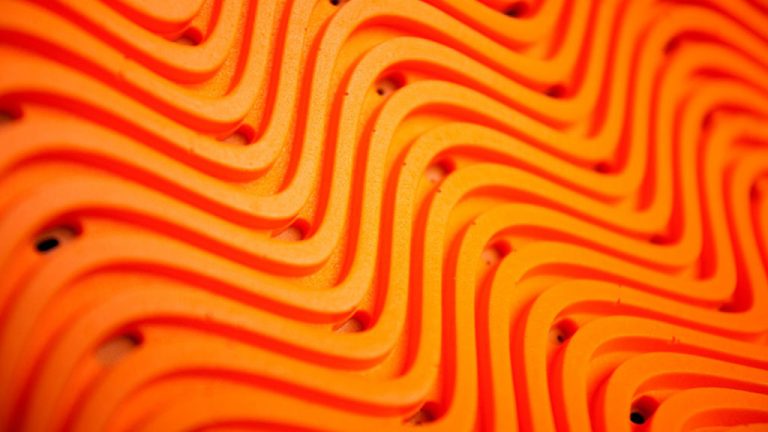James Burchill writes…”materials have changed the world so much that entire ages of mankind are defined by one material and how it shaped our lives and civilisation. The materials we use affect everything in our day to day lives from the buildings our cities are made from to how we transport and preserve food. We now live in a world where new materials are being developed at a faster rate than ever before but these innovations are piling up into a backlog of amazing but under used technology.”


My current work is an initiative to help bring us to a world where for example; bikes can self-repair punctures, we can wear a coat that illuminate as it senses the dark and you can roll up your helmet and put it in a backpack that is so light that it’s barely noticeable. The materials are out there to make all these developments possible, however, when asked how this could be possible, most designers are unaware of these solutions and default to more complex technical answers.
For designers to use these materials research shows that they need to be translated for them. Without translating the materials into an understandable format there is little chance designers will remember those materials when they discover a possible use today, tomorrow or in five years’ time. The advantage is that materials are fascinating but how they are currently communicated often hides that behind a wall of technical jargon or poorly explained hyperbole so only those designers with the time and patience find out exactly how a material works.
This research takes a great interest in the latest radically innovative materials and how they function. The goal is to find ways to explain the subtle nature of these new complex materials in a way that is simple and understandable to everyone. By making them more accessible it helps designers embrace these materials of the future helping diffuse innovations to those who can apply them to new products in unexpected ways. Testing currently shows that the best way to communicate these materials is through carefully chosen metaphors and analogies. Not only is it the language of designers but is also that something that is accessible to most members of the public.

For a quick insight into how you can pick the right analogies to explain a radical material the most important thing to understand is the limit of both partners’ knowledge. Perhaps you have tried analogies in the past and they’ve failed. More often than not it’s because the person you are explaining your analogy too doesn’t have the same understanding of the system you are using in your analogy. This problem leads to the largest remaining area of this materials translation research: finding common analogies that everyone understands and is relevant to the materials.
While this analogy work is an important step, innovation is deeply varied and as such finding the correct method to explain each innovation requires a few other unique tools. Any work will take time and experimentation but already initial results are showing that designers are more interested and can more reliably create practical ideas using methods developed through this research. While a number of obstacles remain the encouraging thing has been discover the hunger and desire in designers to learn about materials and the desire of manufacturers to teach them.
MaDE is the great example of this desire to share, bringing together the best of those who wish to learn and those who wish to teach. The fact such a group exists and thrives shows the desire in the community to share. I am greatly looking forward to sharing my work at the MaDE relaunch this week and am open to any feedback or questions the community has about this work.
Further info: www.materialintuition.com
This article was contributed by James Burchill, PhD Researcher at Brunel University.